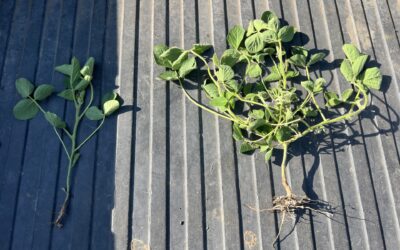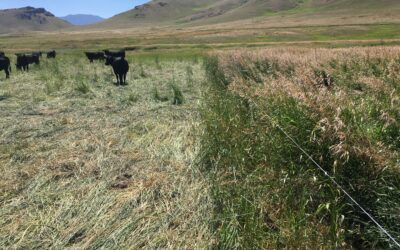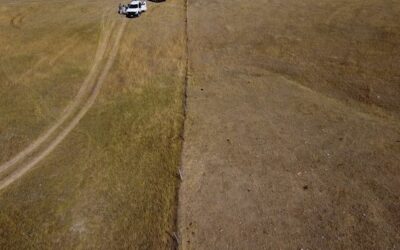Integrating Livestock
Soil Health: Principle 5 of 5 – Livestock Integration
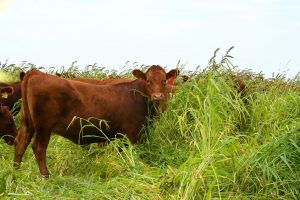 Animals, plants and soils have played a synergistic role together over geological time. In recent years, animals are playing a reduced role due to being placed in confinement and fewer farms now include livestock as part of their overall operation.
Animals, plants and soils have played a synergistic role together over geological time. In recent years, animals are playing a reduced role due to being placed in confinement and fewer farms now include livestock as part of their overall operation.
Why do we want to return livestock to the landscape?
■ Balanced carbon/nitrogen ratio: Fall or winter grazing to convert high-carbon annual crop residue to low-carbon organic material balances the carbon/nitrogen ratio and manages our crop rotation residue for no-till seeding
■ Better regrowth: Spring or summer grazing annual and/or perennial plants with short exposure periods followed by long recovery periods allows the plants to regrow and harvest additional sunlight and CO2
■ Reduced nutrient export: In lieu of transporting feed to a feedlot, we can reverse the roles and have the livestock graze the material in place, reducing nutrient export from our cropland and hayland fields. This recycles the majority of nutrients, minerals, vitamins and carbon
■ Managed weed pressure: Grazing in lieu of an herbicide helps manage weed pressure
■ Higher nutritional diet: Grazing cover crops and/or crop residues allow us to take the livestock off the perennial grasslands earlier in the fall, extending the grass recovery period and providing a higher livestock nutritional diet
■ Reduced livestock waste: Grazing reduces livestock waste associated with confinement, helping manage our water quality and nutrient management concerns
How do we return livestock to the landscape?
■ Winter and fall grazing cover crops and annual crop residues
■ Summer grazing a full season cover crop, allowing adequate plant recovery, followed by a second grazing during the fall or winter
■ Winter feeding on hay land fields by rolling out bales or bale grazing
■ Seed rotational perennials, graze and manage as part of the crop rotation
Used With permission: Credit Menoken Farm & Jay Fuhrer
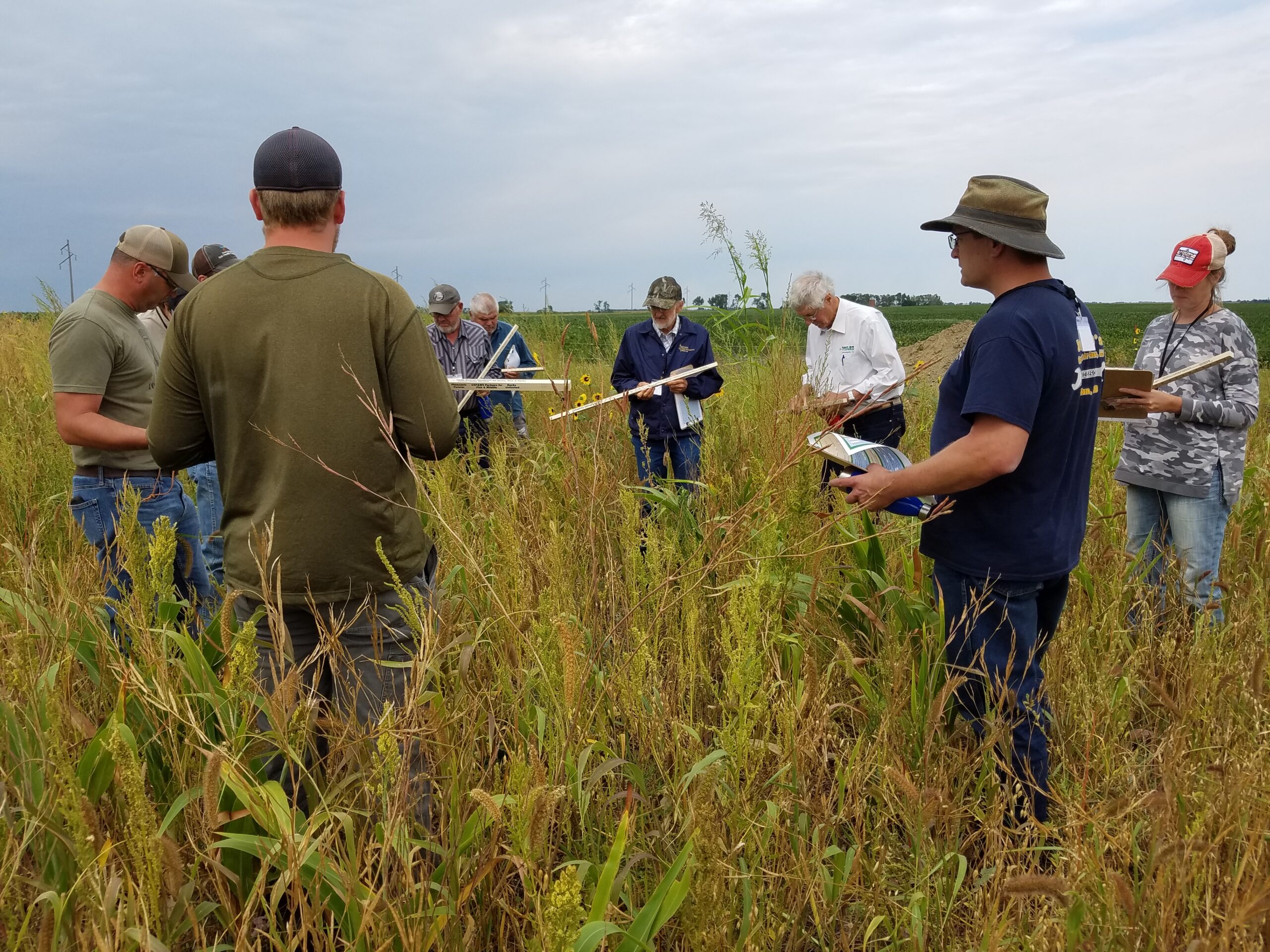
West River Soil Health School Registration Open!
In 2024, the South Dakota Soil Health Coalition will host an additional Soil Health School in west of the Missouri River! The 2024 West River Soil Health School with be held June 26-27 near Caputa, SD! This school will focus on issues specific to the land, climate, and ag production systems of wester South Dakota. Class size is limited, so early registration is strongly encouraged!
News & Events
Farmer reaps higher yields by interseeding soybeans
By Stan Wise Alex Frasier has spent a lot of time studying what it takes to grow a successful crop. After studying ag production and precision technology at Lake Area Technical College, he has worked in ag retail and currently works as an agronomist in Aberdeen, SD....
Farm and ranch innovators to share new ideas at Soil Health Conference
By Stan Wise PIERRE, SD — Before Cooper Hibbard came home to manage his family’s ranch, he studied ag business, rangeland resources and Spanish at California Polytechnic State University and then worked on ranches all over the world. That education and experience...
Wintertime is decision time
By Stan Wise PIERRE, SD – It’s often said that the best time to start improving your land was 20 years ago, but the second-best time is right now. That statement might be harder for ranchers to swallow with winter on their doorstep, nothing growing in their pastures,...
